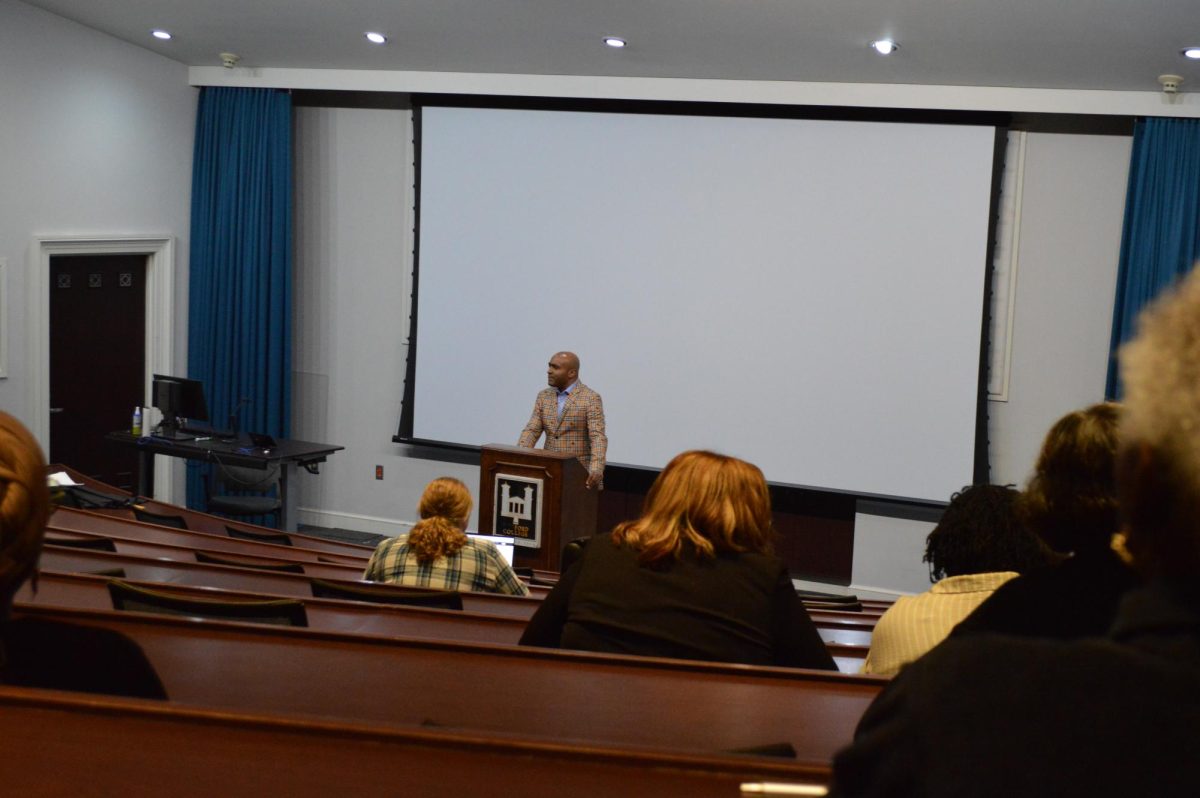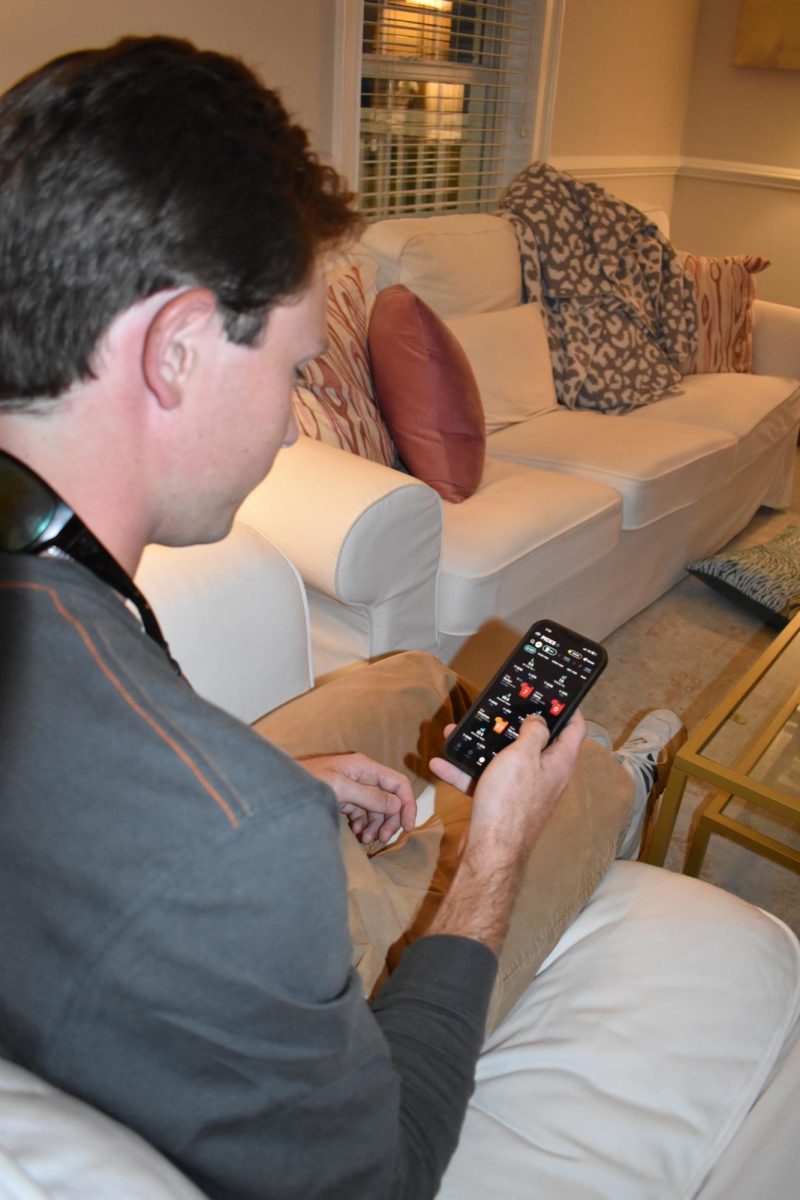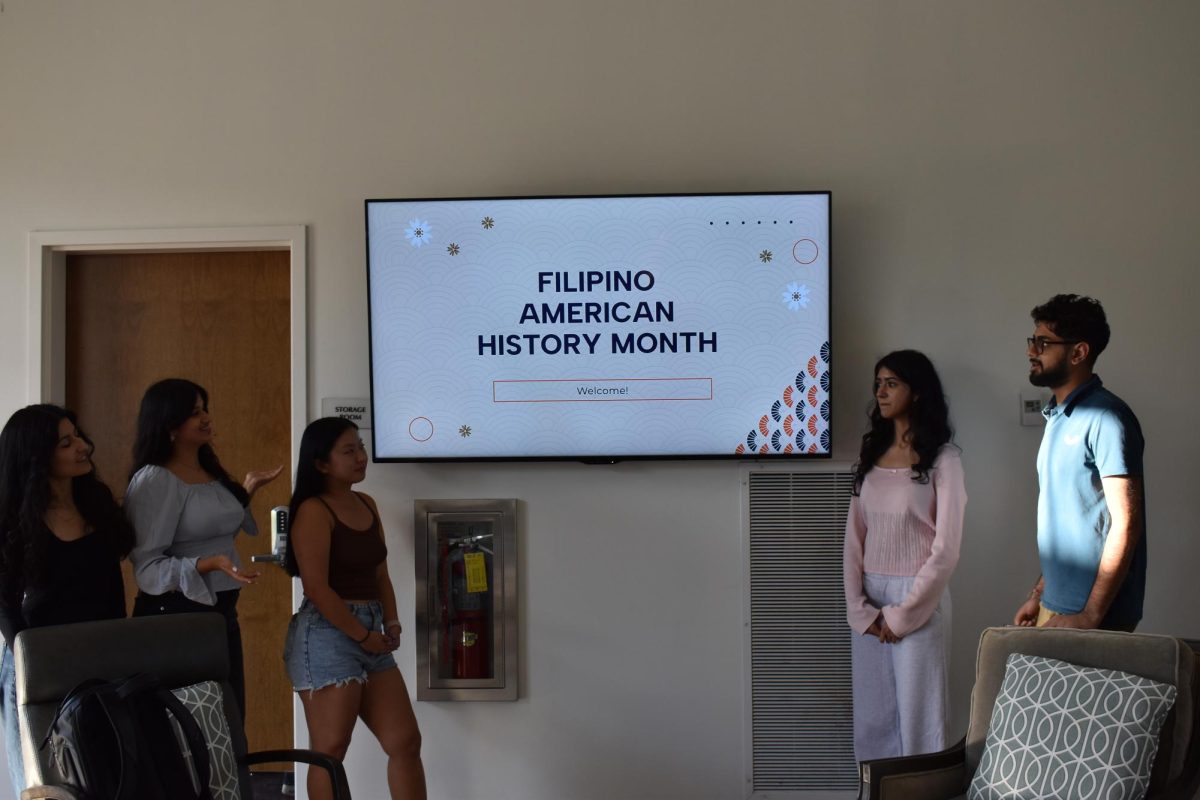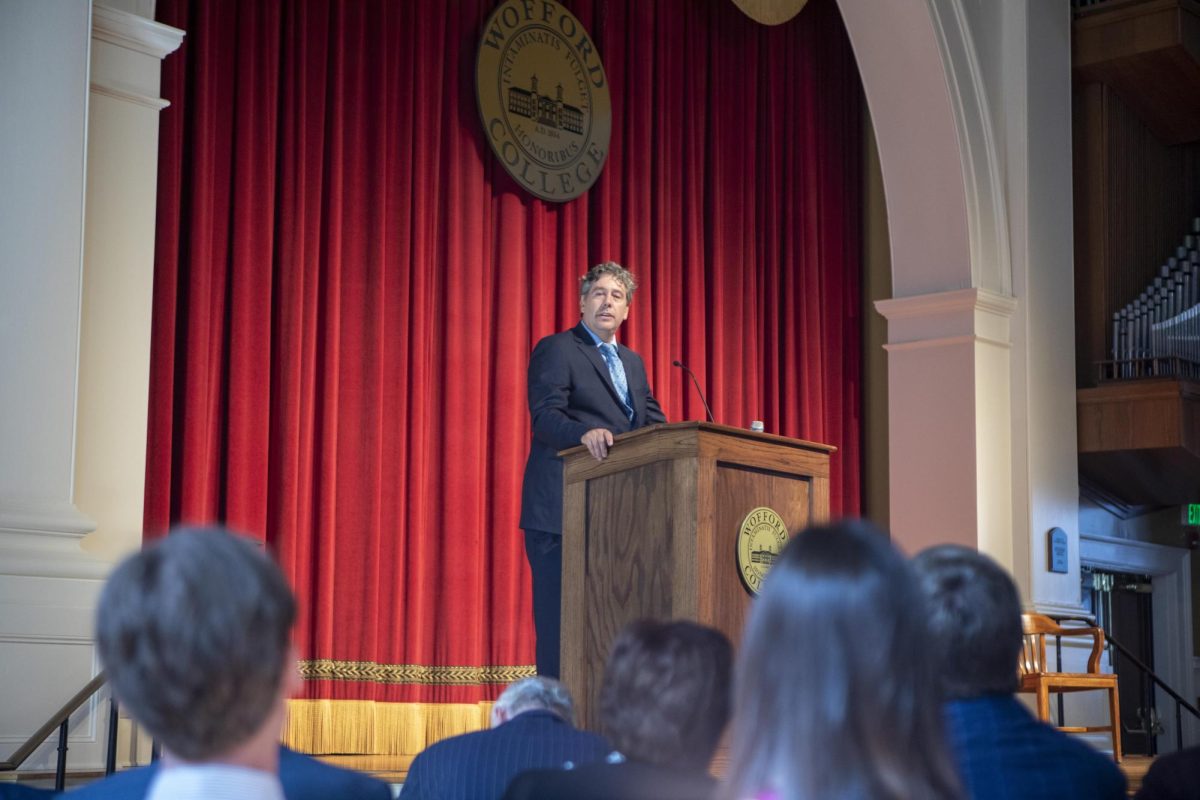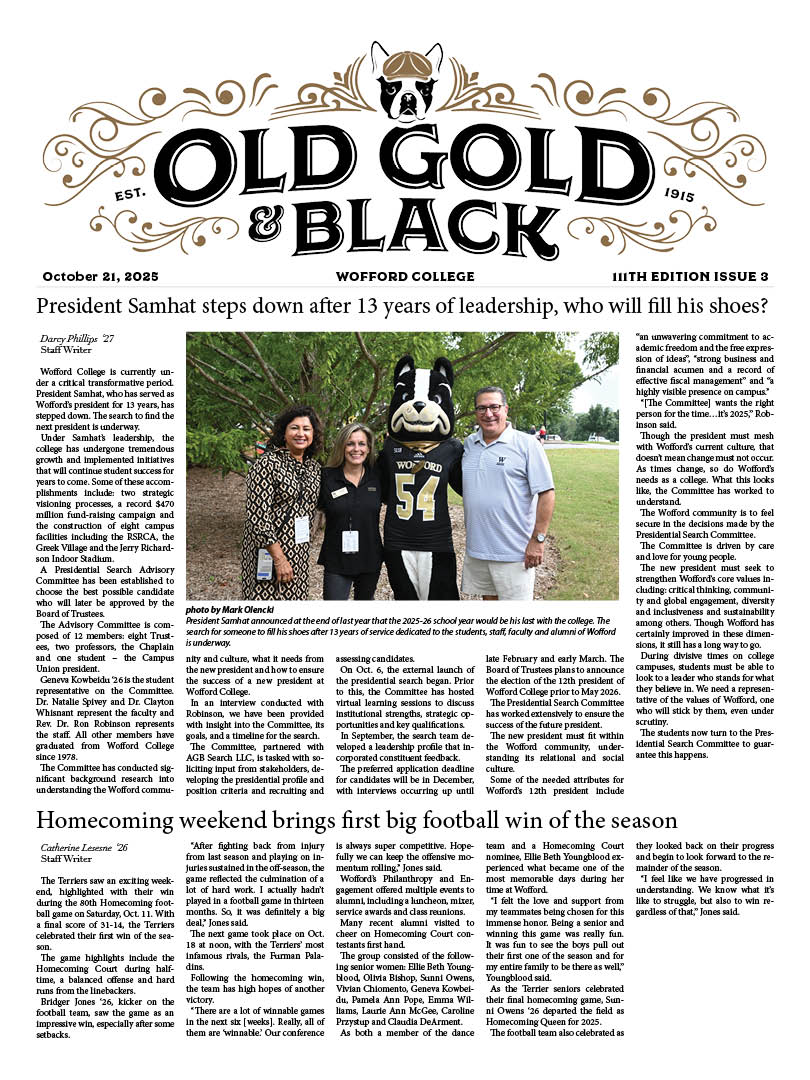By: Omar K. Elmore, Staff Writer
The Romill Foundation, founded by the late Roger Milliken, awarded Wofford College a $4.25 million grant to support social, economic and environmental sustainability on campus. The fund, which will be distributed over 5 years, will be used to fund student entrepreneurialism, community involvement and increased sustainability efforts on campus.
Specifically, Wofford announced the creation of a new residence hall in the Northside of Spartanburg along with electronic panels which would track the energy use of an entire building and allow the school to adjust its efforts to remain efficient and environmentally conscious.
“The grant falls right in line with Wofford’s Strategic Vision,” says Dr. Timothy Schmitz, associate professor of history. Particularly, the grant lines up with Recommendation Five of the Strategic Vision: The Vision of the Sustainable Physical Campus. Per the Vision, this recommendation is, in general, to “support Wofford’s vision with flexible, thoughtful and sustainable facilities and spaces that reflect the ongoing and future needs of the college.”
“The grant is far-reaching in its implications,” notes Schmitz. “It affects physical spaces on campus, it affects Glendale, the hiring of new faculty members and the implementation of new curriculum. There’s also an innovation fund that will be run through the Space.”
The school has finished year one of its five-year plan to use the grant. During the last year, the college raised awareness with its Milliken Lecture Series on sustainability and public health and hired a new professor for environmental sustainability, Amy Telligman. One interim class was partly funded by the grant, a trend that will continue for the remainder of the four years. Dave Pittman’s class “Thinking Like an Island: Sustainability Lessons from Hawaii for Spartanburg” was awarded the grant to study the many environmental challenges in Hawaii and return home with recommendations for Spartanburg to move forward in a sustainable manner.
“There’s no turning back,” says Schmitz. “This is an opportunity for Wofford to take a leap forward and, in a permanent way, show its commitment to environmental sustainability. Also, we can show a new commitment to Wofford’s integration into the Spartanburg community.”
Schmitz, who has lived in Spartanburg for 17 years, is particularly interested in the latter point. He notes that the city has seen lot of change since he first arrived, especially in attracting college students. “There was a time when Wofford students didn’t venture out into Spartanburg—they didn’t go to many restaurants or bars,” he says. “But now Wofford has already improved this relationship with our work at Arcadia and Glendale and this grant can really burst the so-called ‘Wofford bubble.’”
By the end of the five years, Schmitz hopes to see a new fire in Wofford students to take responsibility and commit to their community. “This is really an opportunity for us to leverage our identity as an urban campus,” he says. “Instead of running from this identity… we have looked at the strengths in which it imposes, which I think can be a great, unique service to students.”


